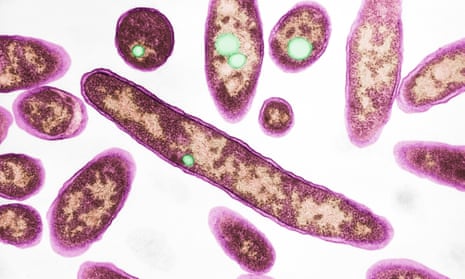New York City health officials say seven people with legionnaires’ disease have died amid an outbreak that has sickened dozens more.
Health officials presented updated figures on Monday at a public town hall meeting. They said there have been more than 80 reported diagnoses. Of the 64 people hospitalized with the disease, 28 have been discharged.
The legionella bacteria were discovered on Friday at the Opera House Hotel in the Bronx. The bacteria had previously been found in equipment at a hospital.
A New York City health official said over the weekend it is likely that doctors will diagnose more cases of legionnaires’ disease in the Bronx in the coming days.
Dr Jay Varma, deputy commissioner for disease control in the city’s health department, told the Associated Press on Saturday that people who live or work in the South Bronx, where the disease-causing bacteria have been found, could be at risk.
“It’s certainly possible and likely that there will be more cases of this disease identified over the next few days,” he said. “And those will be due to people who were exposed to this infection before the cleaning process began.”
City officials have said they inspected 17 cooling towers in the area and found five that tested positive for legionella bacteria. They have all since been cleaned.
Legionnaires’ disease is caused when water tainted with a certain group of bacteria is inhaled into the lungs.
“We do think that the work we have done to identify contaminated towers and decontaminate them will remove the risk of future infection,” Varma said.
But he cautioned that people may have been exposed before the cooling towers were cleaned, meaning more cases of legionnaires’ disease could pop up in the next few days.
“We know that this is an exposure that can occur to people who are outside the building,” he said. “The risk is to people who are living in those communities close to where these cooling towers are or people who are working in those neighborhoods.”
Varma said legionnaires’ disease is easily diagnosed and treated with antibiotics, but can pose a serious risk to anyone with an underlying medical condition.
“It takes two things: it takes being exposed to a cooling tower that is generating this contaminated mist and it takes having some factor that makes you more susceptible to get pneumonia. So it’s very difficult to know who was exposed and who will get sick,” he said. “Our hope, of course, is that no one else becomes sick from this disease and of course we hope no one dies from it.”

Comments (…)
Sign in or create your Guardian account to join the discussion